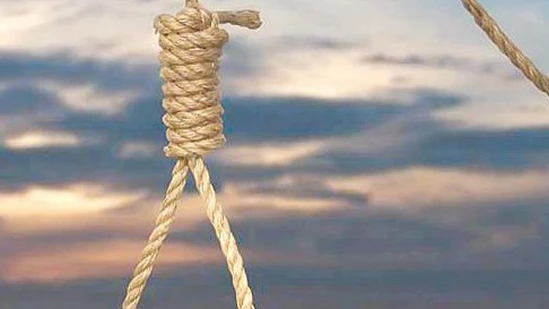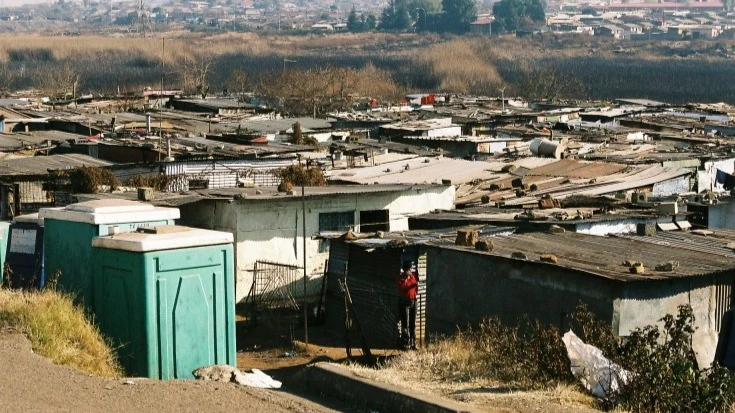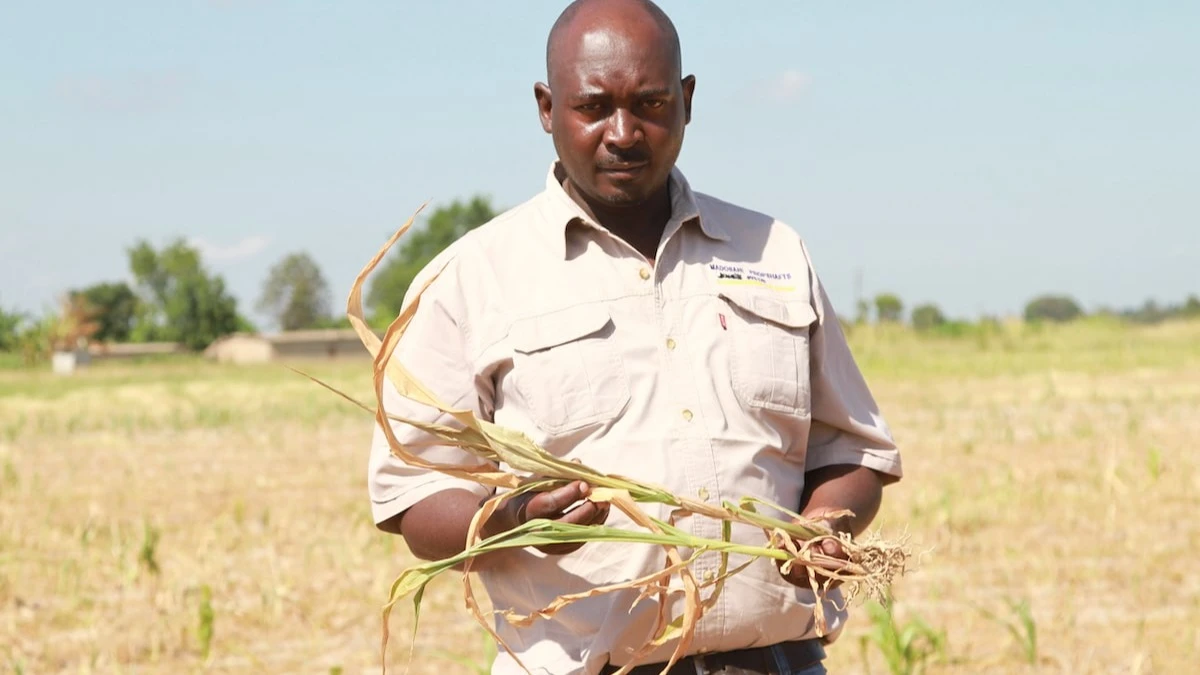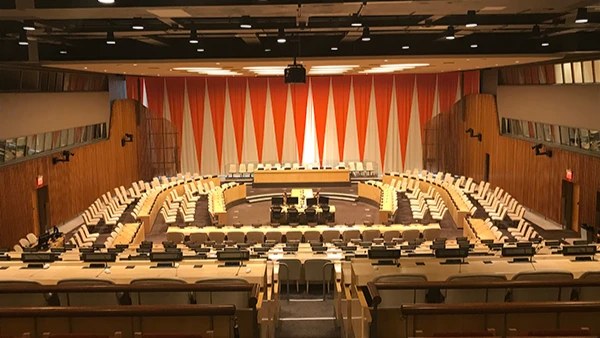Youth suicide crisis surge sparks global alarm on needed mental health actions

THE surge in suicides, especially among young people, has become one of the most pressing public health crises of our time. Communities across the globe are being shaken to their core, left with shattered families and friends haunted by the same unanswerable question: Why? As the numbers climb, the urgency to address this epidemic grows, demanding action before more lives are tragically cut short.
The world marked September 10, World Suicide Prevention Day, this year’s theme, “Creating Hope Through Action,” could not be timelier. It highlights the desperate need for action to counter the alarming rise in suicides and reinforces the message that prevention is possible. The day serves as a critical reminder of the steps needed to support those struggling with mental health challenges and to foster environments that encourage openness, hope, and recovery.
Suicide remains a leading cause of death among individuals aged 15 to 29, with a staggering 77 percent of cases occurring in low- and middle-income countries. Mental health issues such as depression and alcohol-related disorders are commonly associated with these tragedies.
The statistics paint a sobering picture: for every 20 suicide attempts, one tragically ends in death. This means that countless individuals around the globe are teetering on the edge of despair, while only a few receive the help they need in time. The World Health Organization (WHO) has been vocal in its calls for urgent intervention, emphasizing that effective prevention strategies are key to reversing this trend. It is a matter of life and death, and time is of the essence.
Leading global efforts in this cause is the International Association for Suicide Prevention (IASP), in close collaboration with WHO. Together, these organizations have been working tirelessly to raise awareness, push for policy changes, and promote mental health as a critical part of the public health agenda. But despite these efforts, the situation remains dire. Suicide ranks among the top causes of death for individuals aged 15 to 29, robbing societies of vibrant young lives just as they are beginning to unfold.
Dr. Praxeria Swai, a psychiatric specialist at Muhimbili National Hospital in Tanzania, was quoted as saying that adolescents, particularly during puberty, face significant challenges as they navigate this turbulent stage of life. "Families often do not understand, and there's a lack of proper communication. As a result, young people are left feeling isolated and emotionally wounded," she says. The consequences of these struggles can be devastating.
The WHO reports that men are three times more likely to die by suicide than women, while women are three times more likely to contemplate suicide. Men, Dr. Swai notes, tend to use more lethal methods, which increases the likelihood of death. "In our facility at Muhimbili, we are seeing a significant number of young people coming in with symptoms of depression and mental health issues," she adds.
Globally, one person dies by suicide every 40 seconds, with an estimated 800,000 deaths each year. The WHO has warned that despite these alarming figures, there is still a significant lack of conversation surrounding the issue in many communities. The organization stresses that suicide can often be prevented, especially with timely intervention and proper support systems in place.
However, societal pressures continue to exacerbate the issue. In many cases, parents place enormous expectations on their children, particularly in academic performance, without considering their capacities.
This overwhelming pressure, combined with the desire for material wealth and success, has contributed to the rising number of suicides among students. Japan, known for its rigorous educational system, is a stark example, where many students resort to suicide after failing exams, unable to cope with the shame and disappointment.
The situation is no different in Tanzania. Dr. Swai describes the case of an 18-year-old secondary school student, Diana Roman, who tragically ended her life after failing her national exams. Diana consumed a deadly insecticide in an attempt to escape the shame of her perceived failure.
Her guardian, Bibiana Roman, recalls finding Diana unconscious in her room after she had ingested the poison. "We had tried to take the poison away from her before, but she managed to find it again," says Bibiana. Despite being rushed to Tumbi Hospital, Diana did not survive.
Mental health professionals, including doctors from Milembe Hospital in Dodoma, emphasize the importance of addressing these psychological struggles early on. Many students face insurmountable pressure to succeed, both academically and socially, which can lead to feelings of inadequacy and hopelessness.
"We need to have psychologists present in schools, just like we have teachers," one doctor urges. "Students face various challenges, and they need the psychological support that only trained professionals can provide."
The issue extends beyond academic failure. Relationships and love also play a significant role in many suicide cases. Recently, in the Ruvuma region of Tanzania, Athuman Hassan attempted suicide after a fallout with his girlfriend, Diana Shoti. Athuman was found with a severe neck wound after using a knife in an attempt to end his life. He survived, but his story is part of a growing trend of emotional turmoil leading to suicidal behavior.
The tragic deaths of two prominent religious figures within a year have highlighted the increasing pressure faced by individuals, even within spiritual communities. In May 2024, Catholic Brother Rogassion Massawe from the Diocese of Tanga was found to have taken his own life at Magamba Formation House, where he resided. Tanga Regional Police Commander Almachius Muchunguzi confirmed the incident, revealing that the suicide occurred after Brother Massawe’s superiors decided not to advance him to the next stage of ordination, a crucial step in his spiritual journey toward the priesthood. Within the Catholic Church, ordination involves a progression from brotherhood to the diaconate before priesthood—a process many dedicate their lives to completing.
This tragic event closely follows another shocking suicide in May 2023, when Methodist Archbishop Joseph Bundala was discovered hanging in his office at his church in Dodoma. His death, currently under investigation, has been linked to mounting financial difficulties and disputes over the management of private schools under his care. The untimely deaths of both religious figures have shaken the communities they served, sparking conversations around the immense pressure clergy members face.
Recent studies have shed light on the broader issue of suicide, noting that religious leaders are not immune to the overwhelming societal expectations and personal struggles that affect many. A report from Strategies Toward Ending the Epidemic found that 40% of suicides occur during periods of significant crisis, such as financial distress, personal breakdowns, or chronic illness. The report also highlighted those marginalized individuals—such as refugees, LGBTQ+ persons, and prisoners—are especially vulnerable, as they often face social isolation and discrimination, leaving them with fewer support systems to rely on during difficult times.
One heartbreaking case in Kenya involved a first-year student at Ngara Girls’ School, who jumped from the first floor of her dormitory in an attempt to take her life. Earlier, she had asked a fellow student about how one could die by suicide.
A tragic note revealed deep feelings of abandonment after her father left the family. Despite the school nurse and staff rushing her to the hospital, she succumbed to her injuries, leaving her community in sorrow.
As we observe World Suicide Prevention Day, it is clear that the fight against this crisis is far from over. But there is hope. Global movements are gaining momentum, mental health is becoming a more central part of the public conversation, and individuals around the world are stepping up to support those who are struggling.
The road ahead will require persistence, compassion, and collaboration. Every life saved from suicide is a testament to the power of hope. And with enough action, perhaps one day we will live in a world where no one feels that taking their own life is the only option.
Top Headlines
© 2025 IPPMEDIA.COM. ALL RIGHTS RESERVED

























